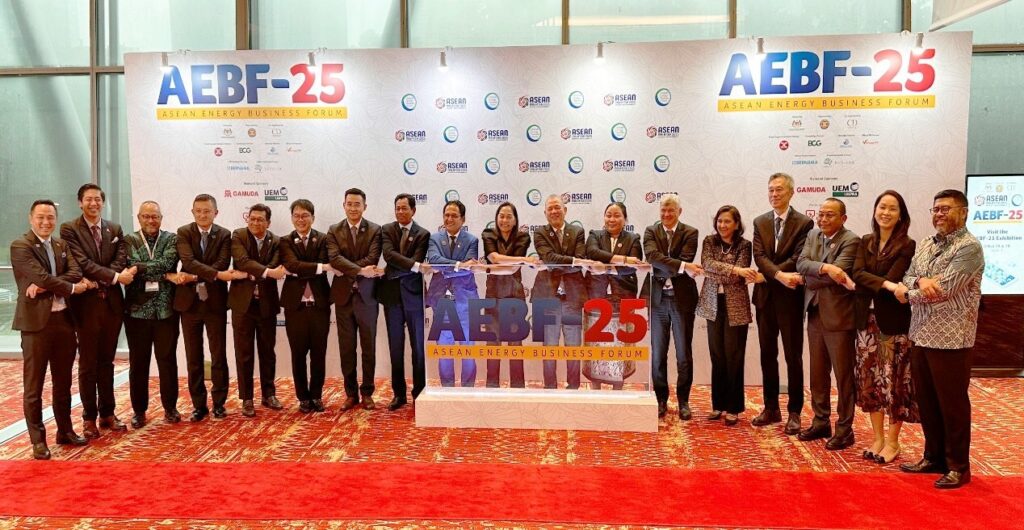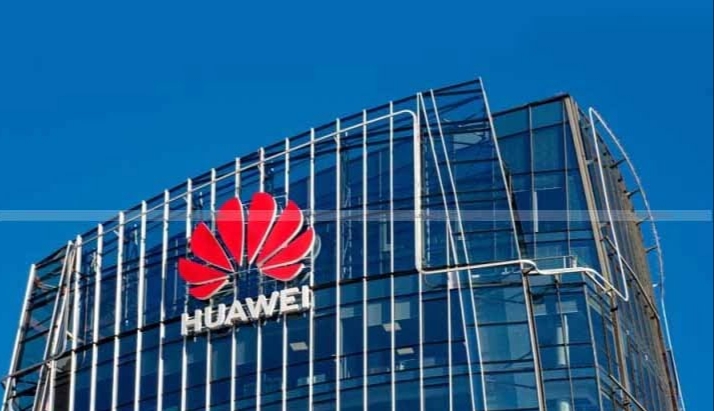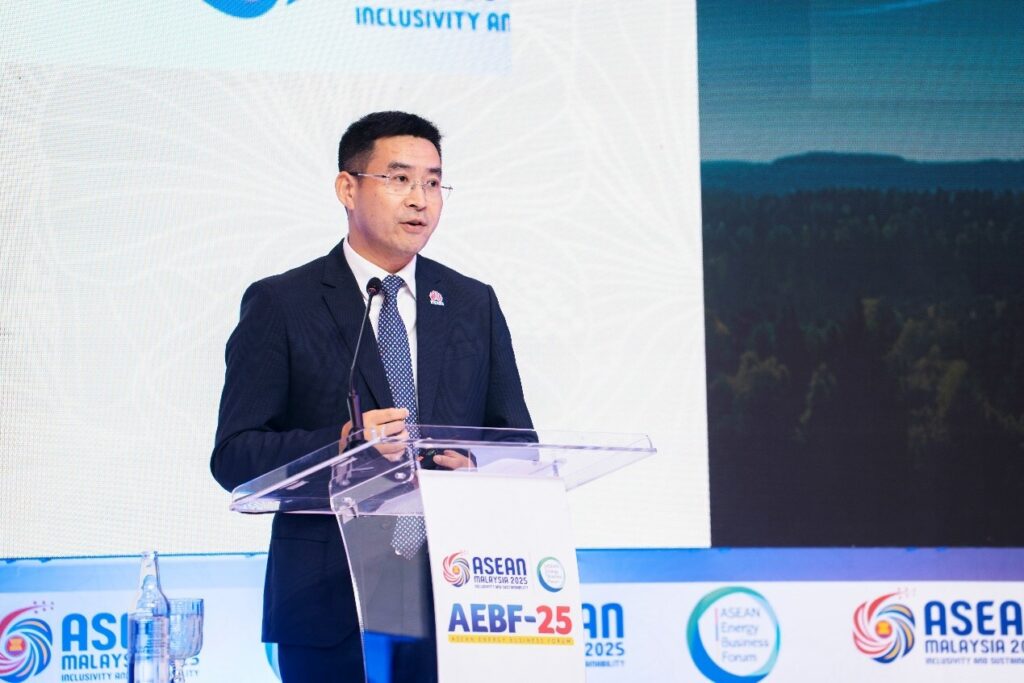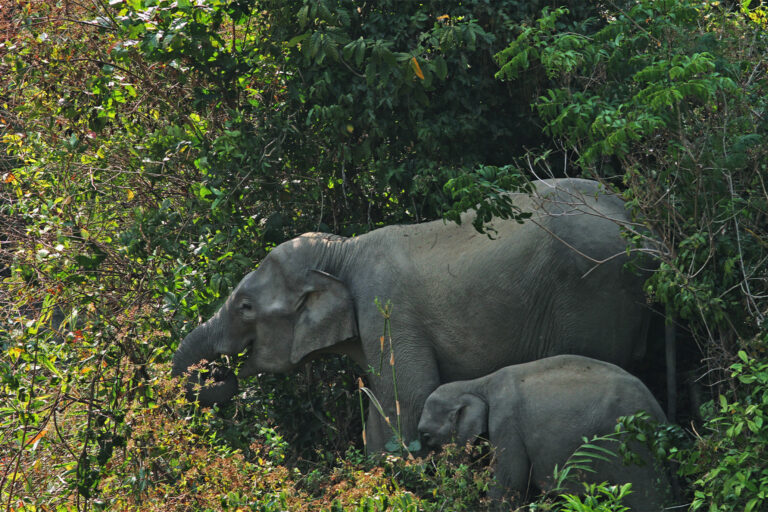
KUALA LUMPUR, Malaysia, 18th October 2025 – The ASEAN Energy Business Forum (AEBF 2025) wrapped up today. During the event, leaders and participants bridged boundaries and built a vision for prosperity from October 15–17. The forum carried the theme “Powering ASEAN: Bridging Boundaries, Building Prosperity.” It attracted over 1,500 energy ministers, policymakers, and industry leaders from across the region. Moreover, as a pivotal participant, Huawei Digital Power Asia Pacific showcased its all-scenario Smart PV and Energy Storage Solutions (ESS). The company positioned itself at the heart of ASEAN’s zero-carbon transformation.

Furthermore, the forum featured high-level engagements from Huawei’s leadership. Mr. Xia Hesheng, Vice President of Huawei Digital Power, delivered a keynote address that became a central talking point. He articulated the critical role of grid-forming technologies. Specifically, these technologies enable a stable, interconnected ASEAN power grid for cross-border renewable energy trading.
“Grid interconnection in the ASEAN region is key to achieving carbon neutrality,” stated Mr. Xia. “Over the past decade, Huawei Digital Power has led the industry’s evolution from grid-following to grid-forming, establishing a high-quality benchmark for the future.”
The forum’s technical sessions featured deep contributions from the firm’s experts. In a roundtable on grid resilience, Mr. Chen Xieming, Huawei Digital Power Global Power Grid Expert, explained that unified regional grid standards are essential to safeguard resilience, particularly for systems with a high proportion of renewables. Mr. Chong Chern Peng, Vice President of Huawei Digital Power Malaysia Business, outlined Malaysia’s role as a regional hub, emphasising that realising the ASEAN power grid vision requires each country’s grid to be resilient and dynamic, making grid-forming technologies indispensable for the region.

In line with this, the company reinforced its vision with proven global successes. It spotlighted flagship projects such as the GWh-level microgrid at The Red Sea destination in Saudi Arabia and Cambodia’s first 1 GWh grid-forming energy storage project, showcasing its technology’s reliability, scalability, and safety.
During the “Ministers and CEO Dialogue,” Mr. Xia Hesheng reiterated that stable infrastructure and clear policies are the bedrock of energy prosperity. He detailed how Huawei’s solutions enhance grid stability and safety, citing the Golmud project in China, which has maintained an impressive failure rate of less than 0.5% over 13 years of operation.
Consequently, the resounding success of AEBF 2025 and Huawei’s prominent role within it underscore a collective regional drive toward a clean energy transition, showing that technological collaboration can build powerful bridges toward a sustainable future. Huawei concluded that robust grid-forming technologies will make it a reliable companion on ASEAN’s journey to a zero-carbon world.
Stay tuned for more updates on clean energy and technology at The World Times.



